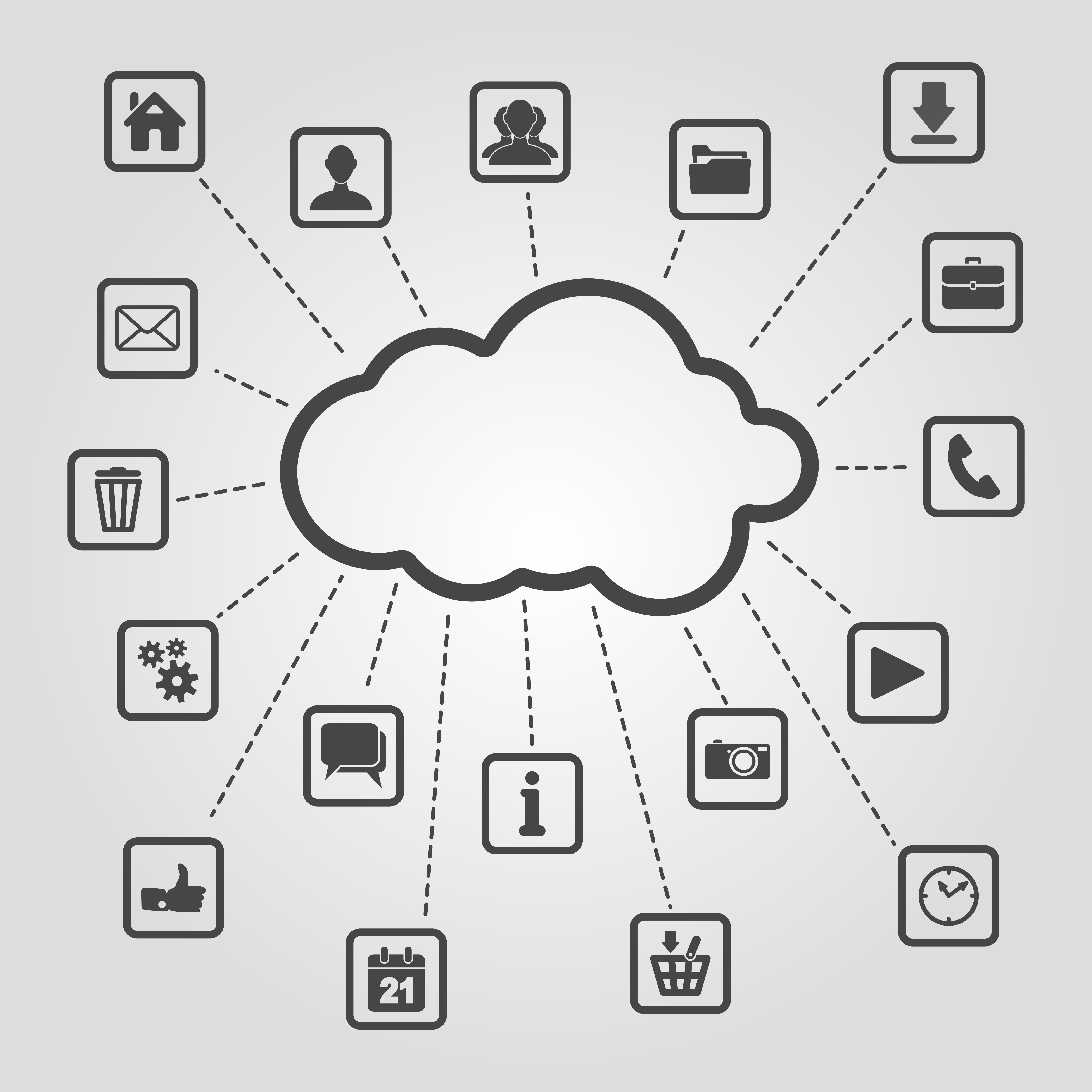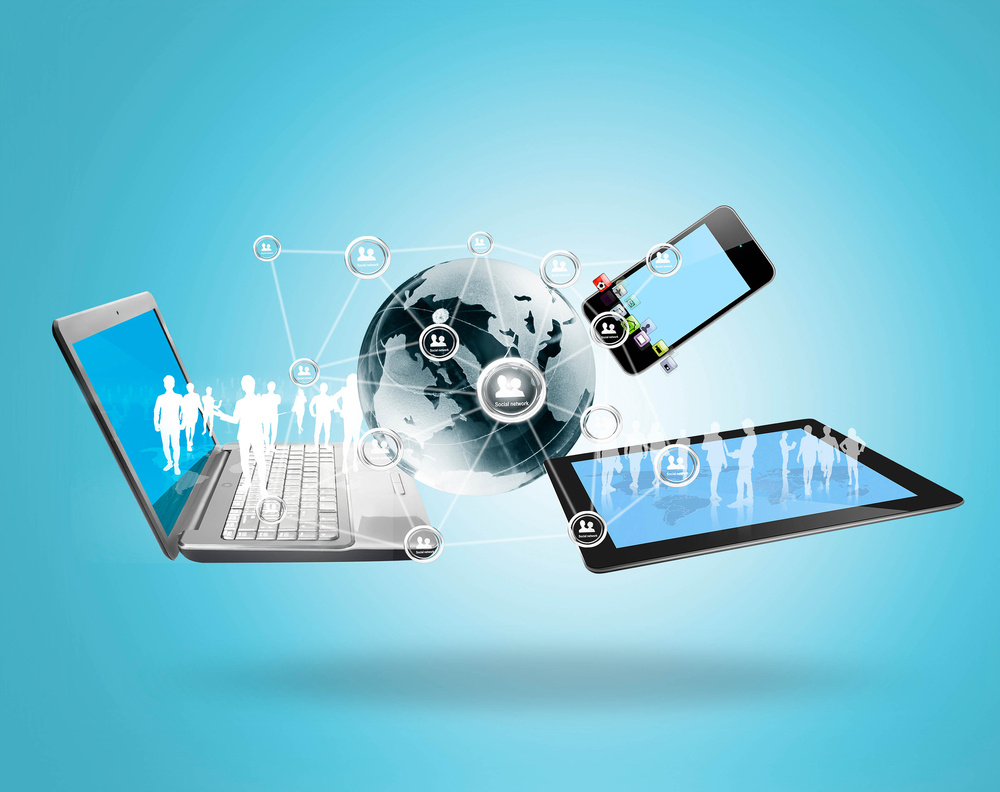In today’s technology-driven world, communicating with people on a global level is becoming as simple as pushing a button. Real-time communications via applications and new technologies mean that users can communicate through video or voice no matter their location.
This is creating a new era in business. It’s expanding the role of the IT department, which is itself becoming more consumerized, and leaning toward business models based on outcome and software. There are a few trends that are exemplifying this new era, including:
- WebRTC (and other browser-based communication software)
- Internet of Things (IoT)
- Expansion of IT
WebRTC
Browser-based WebRTC is the next step in real-time communications. Supported by Google, Mozilla, and Opera, WebRTC offers users access to video and voice chat through websites, application software, e-readers, and even home appliances, as long as they have an Internet connection.
Amazon’s Mayday button is an example of WebRTC. This allows Kindle users to easily access real-time communications with customer service representatives. Expanded to regular use in the business world, this kind of technology would allow all levels of a company to access troubleshooting or training on their WebRTC-enabled device – no matter where they are.
WebRTC can also help improve websites by allowing users to quickly and easily speak to a sales representative without having to download extra software. For businesses, this means that customers are able to contact the business in a straightforward and intuitive way, which leads to better customer-business relationships.
IoT
Businesses are also beginning to consider IoT devices – such as smartwatches, fitness bands, and drones – as more than something just for consumers. These devices can also have real-time communications capabilities, with a range of applications within the business world.
A smartwatch may not seem like a beneficial device for a business, but it can be used for many of the same applications as smartphones and other communication devices, including:
- Connecting with clients and coworkers
- Contacting field operatives
- Process management with the business’s CRM system
Further exploration of the capabilities of the IoT will only expand the real-time communications field, leading to more advances in speech recognition, real-time alerts, real-time decision-making, and deep cognitive systems.
IT Expansion
The advancement of technology means that IT departments are no longer confined to internal services. The success of many businesses now depends on their IT department, which should be encouraged to actively work toward helping the business succeed.
The continuing advancement of the IoT means that products and services are fundamentally changed; now design, management, engineering, and operations all need to consider how they are affected by daily technology. Every part of an organization is touched by technology, from the collection and analysis of business intelligence to internal communications to customer service. By working together with the IT department, management can keep up with changing technology and better support business needs.
Real-time communications are a benefit to all levels of an organization, including their customers. Communicating through WebRTC or IoT devices is becoming increasingly accessible and intuitive, leading to more positive interactions. With these continuing improvements and with the expansion of the IT department’s role in the organization, businesses will continue to expand in the new technological era.



